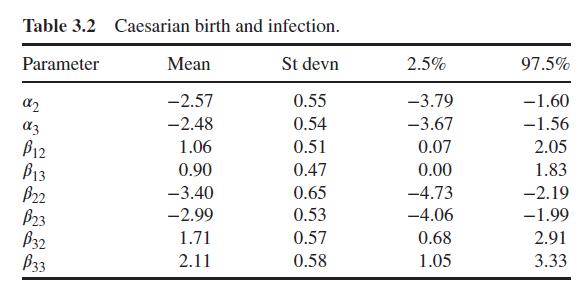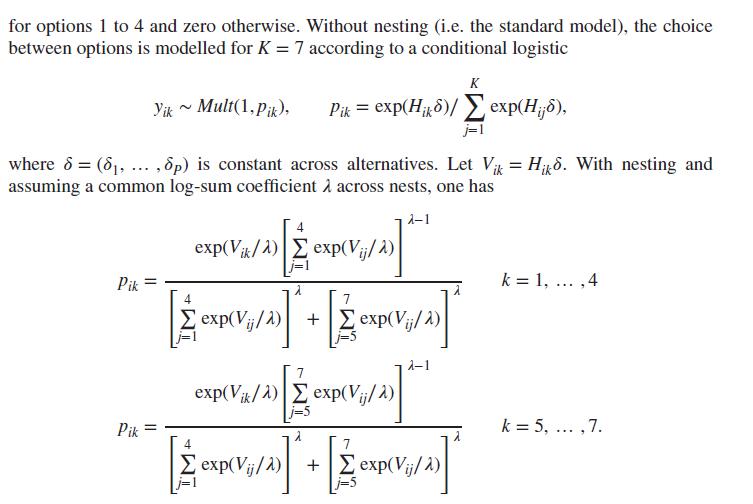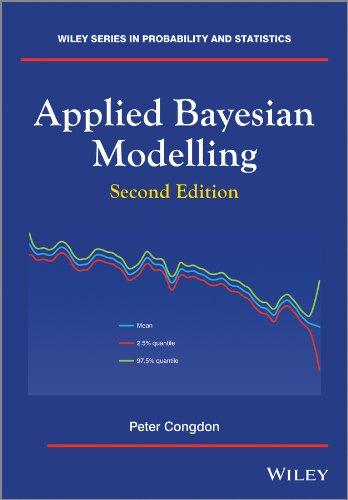Question:
In Example 3.8, compare models 1 and 2 (standard conditional logistic and nested logit) using LPML and DIC criteria, and also predictive classification success: how far predicted choice obtained by sampling replicate data matches actual choice. Also evaluate the nested logit with differing \(\lambda\) coefficients between the two subsets.
Data from Example 3.8






Transcribed Image Text:
As an example of nested logit modelling to take account of possible departures from the IIA axiom, consider data on choice between heating and central cooling systems for 250 new single-family houses in California, one of the datasets included in the mlogit package in R. The alternatives are 1. Central cooling and gas central heating (gcc) 2. Central cooling and electric central heating (ecc) 3. Central cooling and electric room heating (esc) 4. Heat pump (central cooling and heating) (hpc) 5. No central cooling, gas central heating (gc) 6. No central cooling, electric central heating (ec) 7. No central cooling, electric room heating (er). A natural nesting is implied in the choice of options with and without central cooling, namely options 1 to 4 (nest 1) and options 5 to 7 (nest 2). Choice is modelled as a function of attributes which differ by respondent (H variables). The P = 7 predictors are the installation cost for the heating portion of the system; the oper- ating cost for heating; the installation cost for the cooling portion; the operating cost for cooling; interaction between annual income and electric room heating (options 3,7); inter- action between annual income and cooling (options 1 to 4); and a binary variable coded 1













